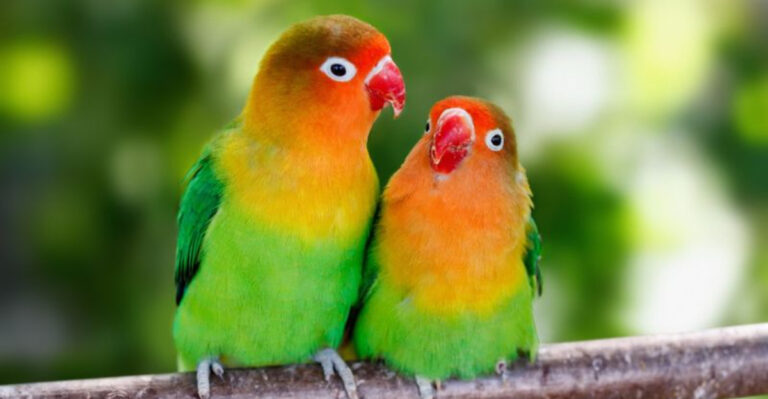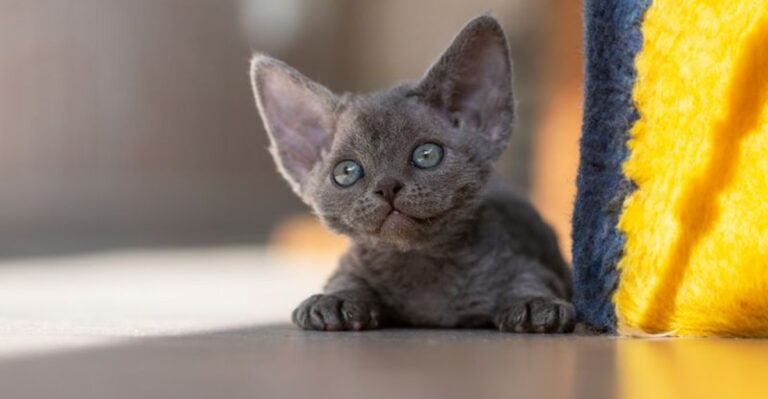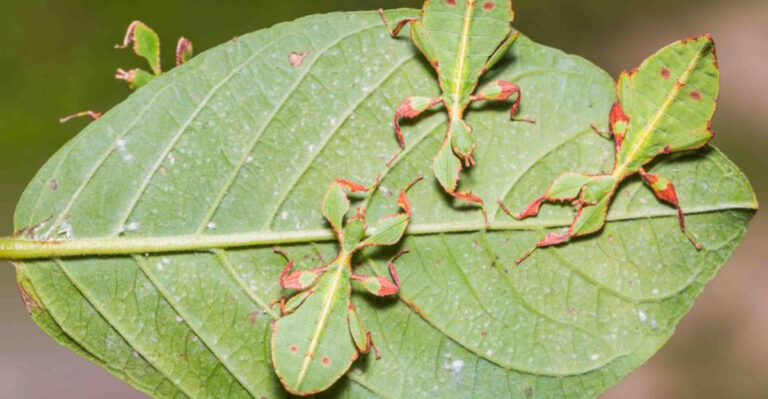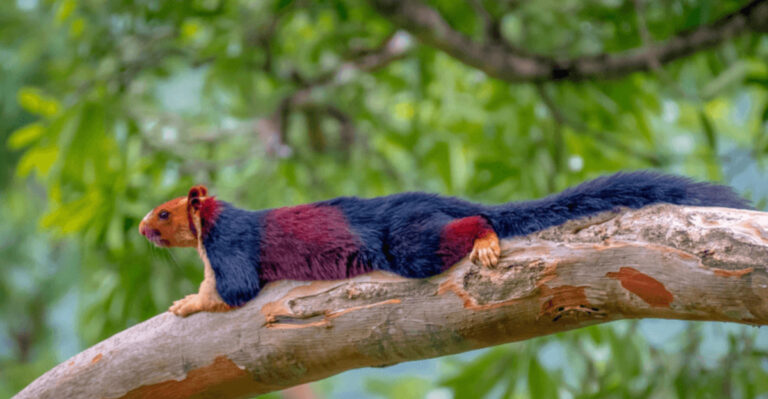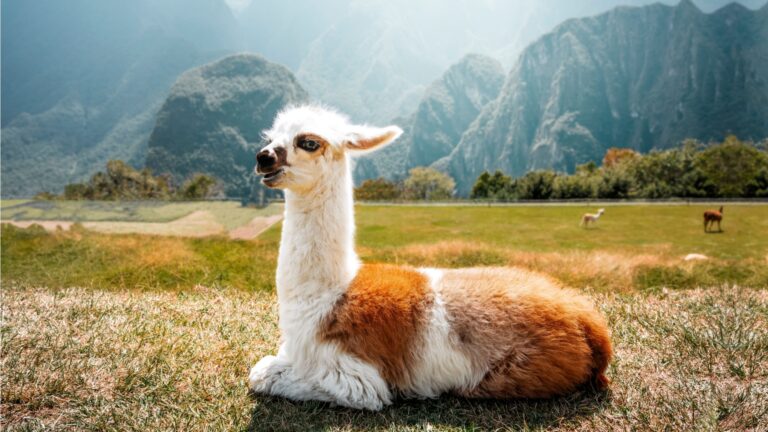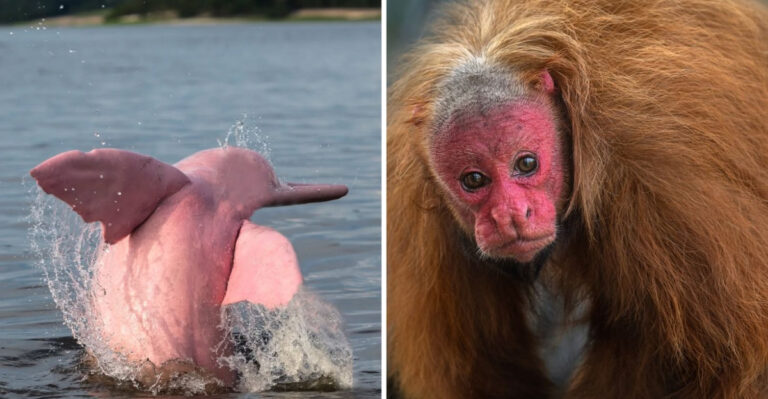Explore The 13 Weirdest Frogs In The World
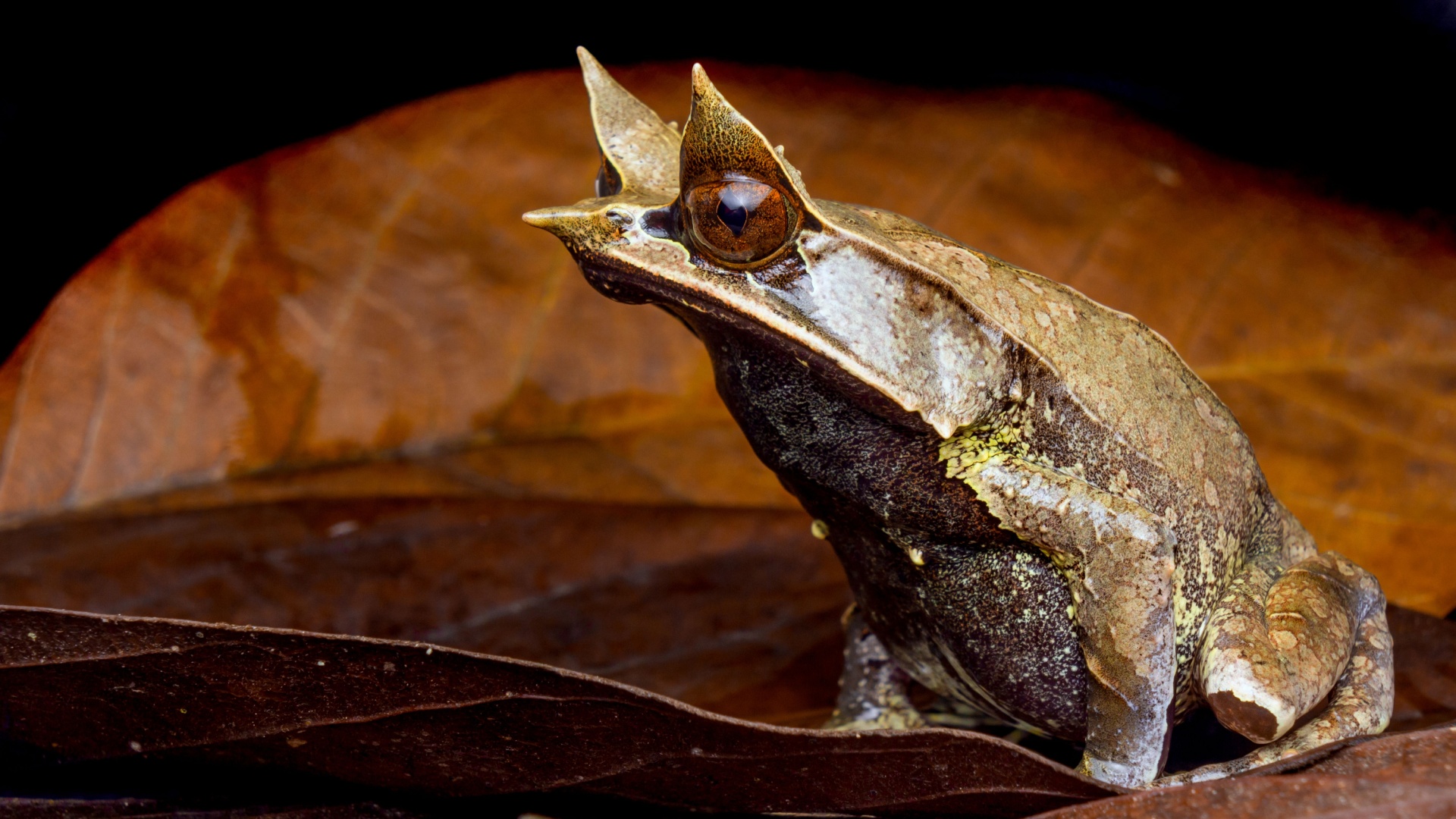
Frogs are some of the most adaptable and diverse creatures on our planet. Their unique evolutionary paths have led to a wide array of fascinating and bizarre species, each with its own distinct characteristics.
Let’s embark on a journey to discover some of the weirdest frogs that inhabit our world, exploring their peculiar traits and behaviors.
1. Titicaca Water Frog
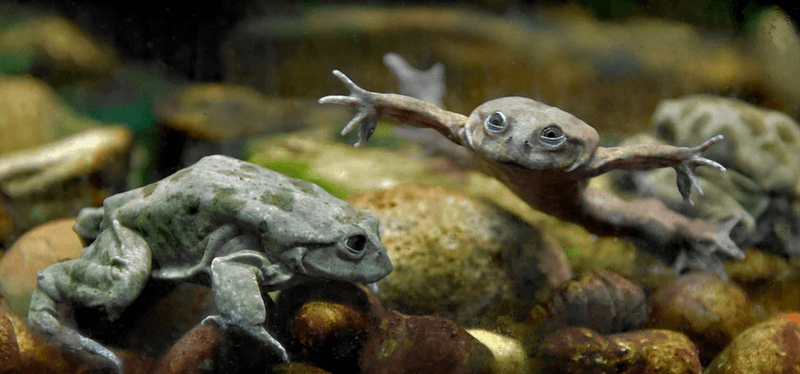
Inhabiting the highest navigable lake in the world, the Titicaca Water Frog is a fascinating species. Its most notable feature is its loose, excess skin, which acts like a giant lung, allowing it to breathe underwater. This adaptation is crucial due to the oxygen-poor environment of Lake Titicaca.
Spending most of its life submerged, this frog is an impressive aquatic performer. It stretches and contracts its skin folds to increase surface area for more efficient oxygen absorption. Despite its somewhat unglamorous appearance, it plays a vital role in the lake’s ecosystem.
Threatened by pollution and invasive species, conservation efforts are underway to protect these unique amphibians. The Titicaca Water Frog serves as a reminder of the delicate balance within our natural habitats.
2. Glass Frog
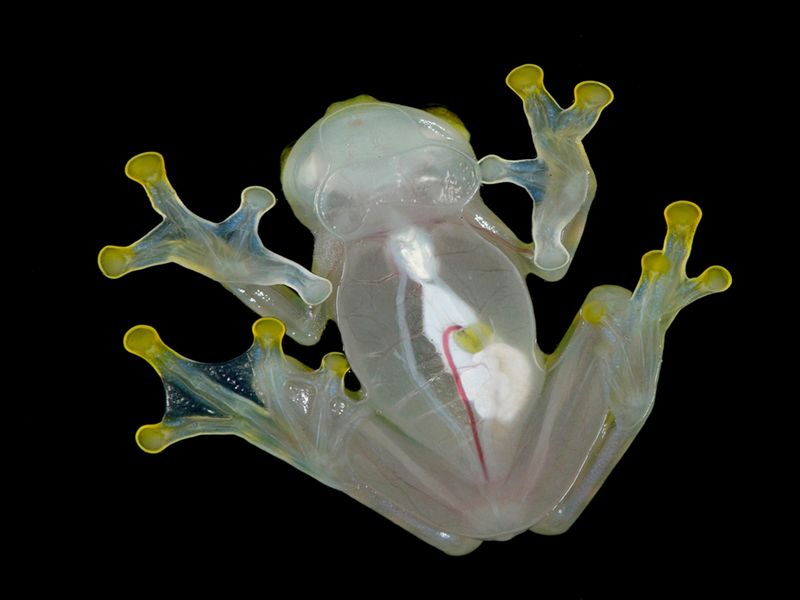
The Glass Frog is a marvel of transparency, often found in the rainforests of Central and South America. Its translucent skin makes its internal organs visible, a feature that serves both as camouflage and a unique spectacle for curious onlookers.
During the night, these frogs are active, calling out to potential mates with a soft, melodious sound. By day, they rest on the undersides of leaves, blending seamlessly with their surroundings. Their transparent skin provides a critical advantage in avoiding predators.
Conservationists focus on preserving the lush habitats that are crucial for the survival of these ethereal beings. The Glass Frog’s existence highlights the incredible adaptations life can achieve in diverse environments.
3. Purple Frog
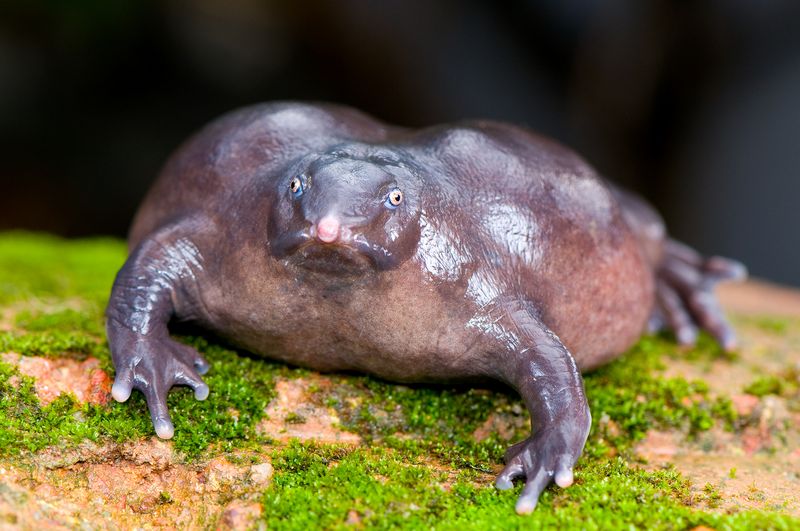
Dwelling underground for most of its life, the Purple Frog is a rare species native to the Western Ghats of India. It surfaces primarily during the monsoon to breed, showcasing its distinctive purplish hue and rounded body.
Its odd appearance is overshadowed by its fascinating life cycle, spending nearly its entire life beneath the earth. This subterranean lifestyle is a unique adaptation to its environment, allowing it to thrive away from predators.
Despite its secretive nature, the Purple Frog is a crucial part of its ecosystem, aiding in soil aeration. Conservation efforts are essential to protect its habitat from deforestation and human encroachment.
4. Surinam Toad
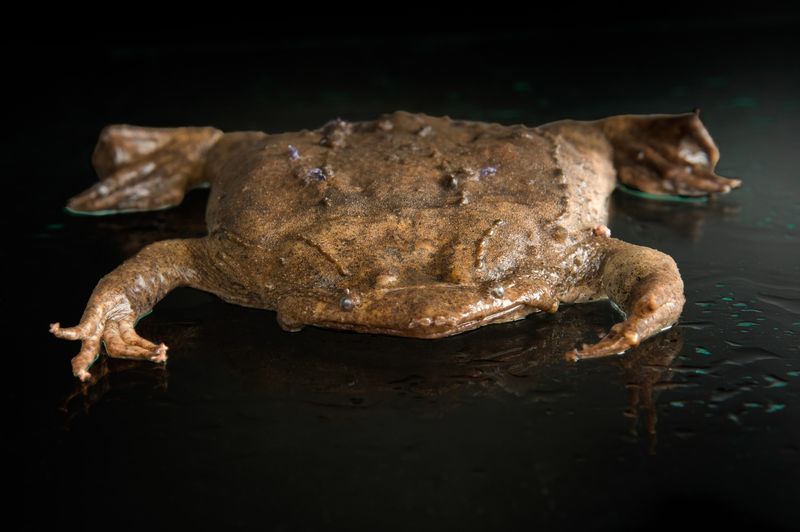
The Surinam Toad is an extraordinary amphibian known for its unusual reproductive strategy. Found in the rainforests of South America, this frog is remarkably flat and leaf-like, an adaptation for life in the water.
Perhaps its most bizarre feature is its reproductive process. Females carry fertilized eggs embedded in their backs, where they develop and hatch. This unusual method protects the young until they are ready to venture into the world.
These toads are more than just their strange appearance. They are an essential part of their ecosystem, maintaining the delicate balance of their wetland habitats. Efforts to conserve these regions are critical to their survival.
5. Hairy Frog
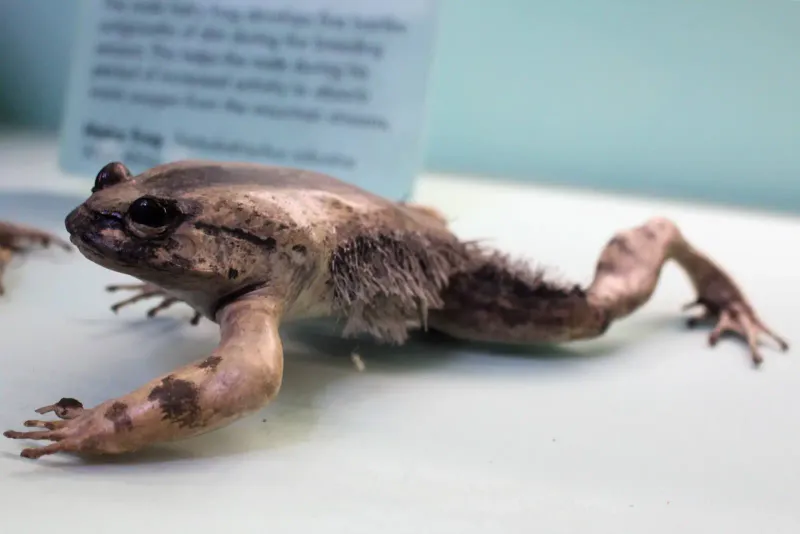
The Hairy Frog, also known as the Wolverine Frog, possesses a peculiar defense mechanism. Native to Central Africa, it can break its own toe bones to project claws through its skin, much like a retractable weapon.
During the breeding season, male frogs develop hair-like structures on their sides, which increase oxygen absorption in water. This adaptation is vital for their aquatic environments.
While its defensive adaptations are fascinating, the Hairy Frog also serves as an indicator of ecosystem health. Protecting its habitat ensures the survival of countless other species that share its environment.
6. Chinese Flying Frog
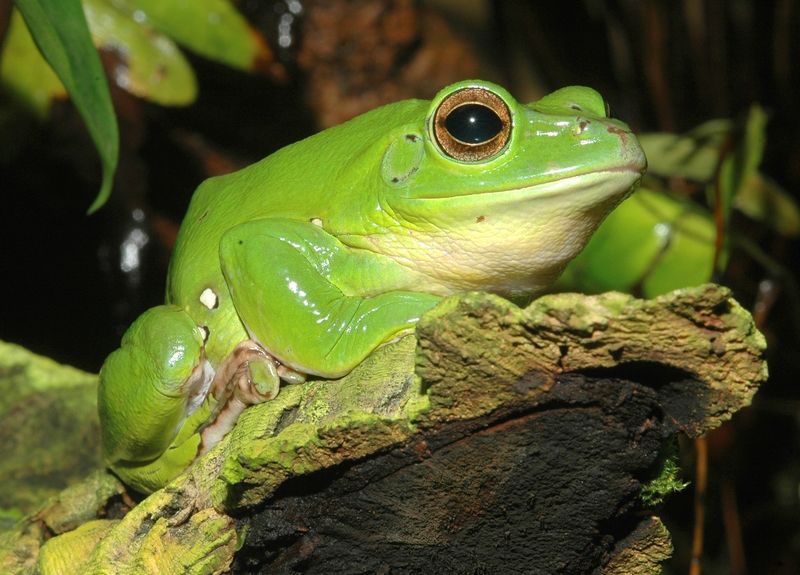
The Chinese Flying Frog, found in the forests of China and Southeast Asia, showcases an incredible ability to glide. Using its webbed feet, it can leap and soar between trees, reducing the risk of ground predators.
This frog’s impressive gliding capabilities are more than just a thrilling spectacle. They play a crucial role in its survival, helping it navigate the dense foliage and escape threats.
Efforts to preserve its habitats are vital, as deforestation poses a significant risk to this extraordinary being. Its presence highlights the dynamic interactions within forest ecosystems.
7. Vietnamese Mossy Frog
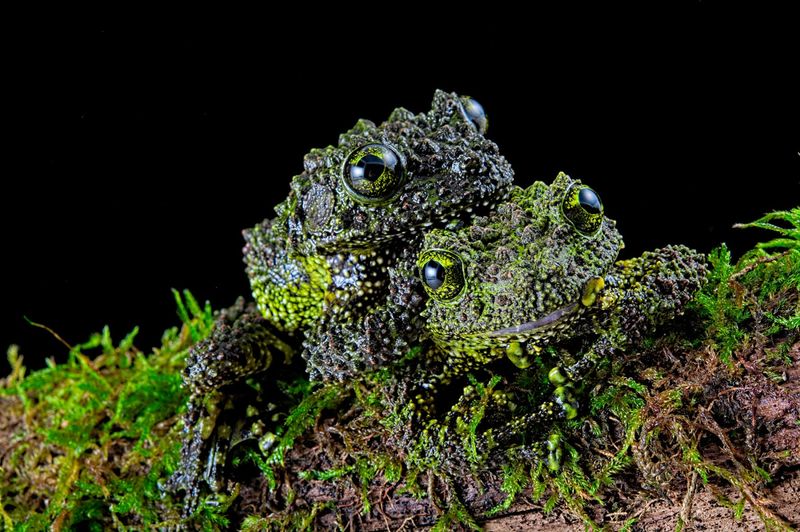
Camouflage reaches new heights with the Vietnamese Mossy Frog. Found in the subtropical forests of Vietnam, its bumpy, moss-like skin offers perfect concealment among its rocky surroundings.
Beyond its appearance, this frog is known for its unique vocalizations, which sound like echoes in the forest. This ability aids in communication and deterring potential predators.
The preservation of its habitat is crucial, as habitat destruction threatens its survival. The Vietnamese Mossy Frog exemplifies nature’s ingenuity in developing survival strategies.
8. Dart Poison Frog
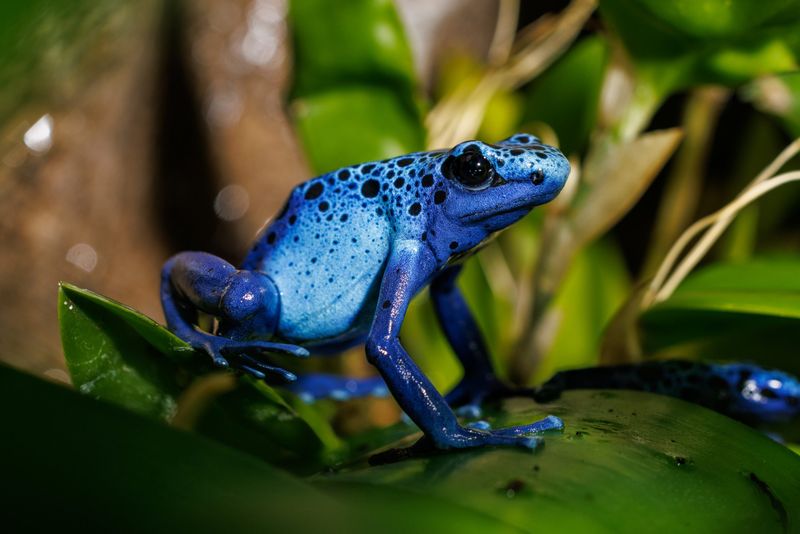
Dart Poison Frogs are among the most vividly colored creatures in the animal kingdom, residing in the rainforests of Central and South America. Their dazzling colors serve as a warning to predators of their toxicity.
These frogs are not just visually stunning; they play a critical role in their ecosystems as both predator and prey. Their toxicity is derived from their diet, consisting of ants and other small insects.
Conservation efforts focus on protecting their rainforest homes from deforestation. The Dart Poison Frog’s vibrant presence is a constant reminder of the intricate connections within nature.
9. Amazon Milk Frog
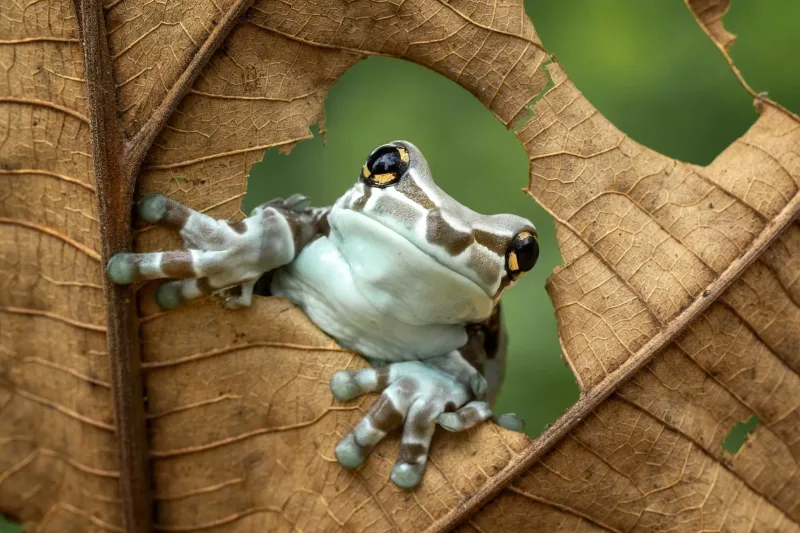
Hailing from the Amazon rainforest, the Amazon Milk Frog is a striking sight with its blue and white marbled skin. It is named for the milky secretion it releases when threatened, which helps deter predators.
These frogs are arboreal, spending most of their time in trees. Their sticky toe pads enable them to navigate the canopy with ease, hunting for food and avoiding ground-based threats.
The Amazon Milk Frog’s survival is closely tied to the health of its rainforest habitat. Efforts to conserve these areas ensure not only their survival but also the biodiversity of the region.
10. Tomato Frog
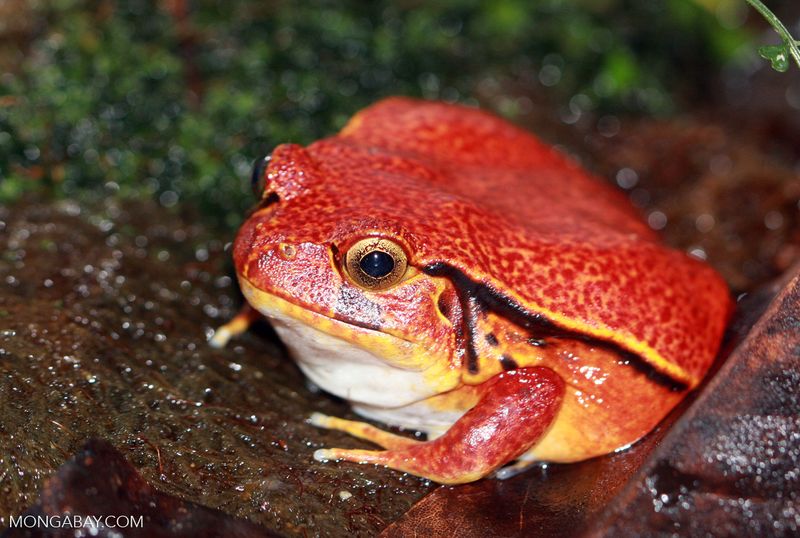
With a name as vibrant as its appearance, the Tomato Frog is known for its bright orange-red skin. Native to Madagascar, this frog uses its bold color as a warning to potential predators.
When threatened, it can inflate its body, making it appear larger and more intimidating. This defense mechanism is coupled with a sticky secretion that deters would-be attackers.
The Tomato Frog is an integral part of its ecosystem, contributing to the balance between predator and prey. Conservation initiatives are focused on protecting its natural habitat from human-induced threats.
11. Malayan Horned Frog
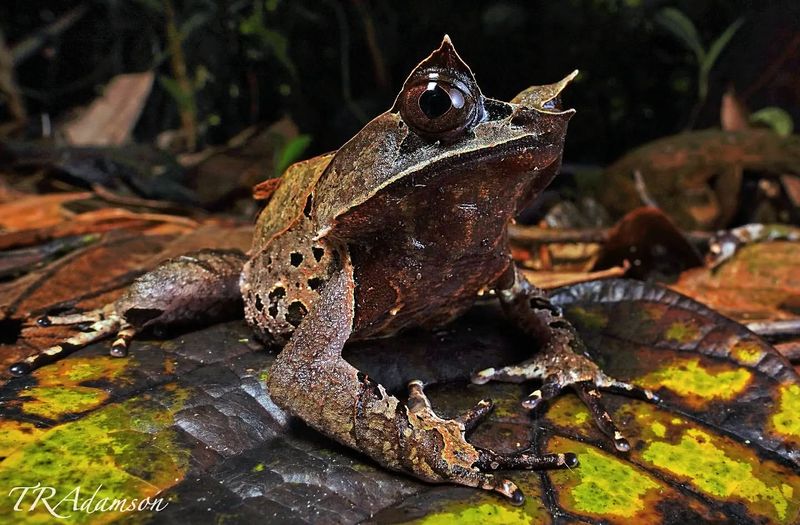
The Malayan Horned Frog is a master of disguise, with its horn-like projections and leaf-patterned skin. Found in the forests of Southeast Asia, this adaptation allows it to blend seamlessly with the forest floor.
By mimicking its environment, it avoids predators and ambushes unsuspecting prey. This camouflage is crucial for its survival in the dense forest undergrowth.
Protection of its habitat is vital, as deforestation poses a significant threat. The Malayan Horned Frog is a testament to the wonders of evolutionary adaptation.
12. Red-Eyed Tree Frog
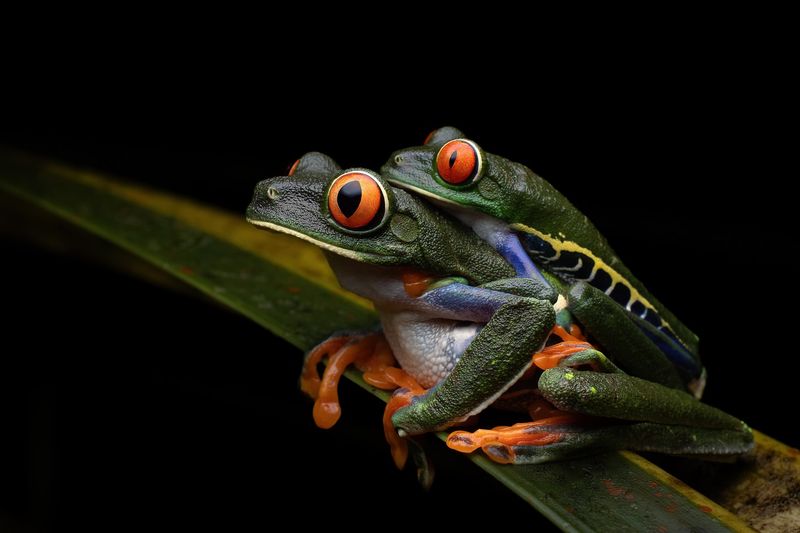
The Red-Eyed Tree Frog is instantly recognizable with its striking red eyes and vivid green body. Native to Central American rainforests, it uses its colors as a startling defense mechanism against predators.
By flashing its bright eyes when threatened, it momentarily confuses predators, allowing for a quick escape. This defensive display is complemented by its agile climbing abilities.
Conservation efforts emphasize the importance of preserving its lush habitat. The Red-Eyed Tree Frog’s vibrant presence underscores the diversity and beauty of tropical ecosystems.
13. Budgett’s Frog
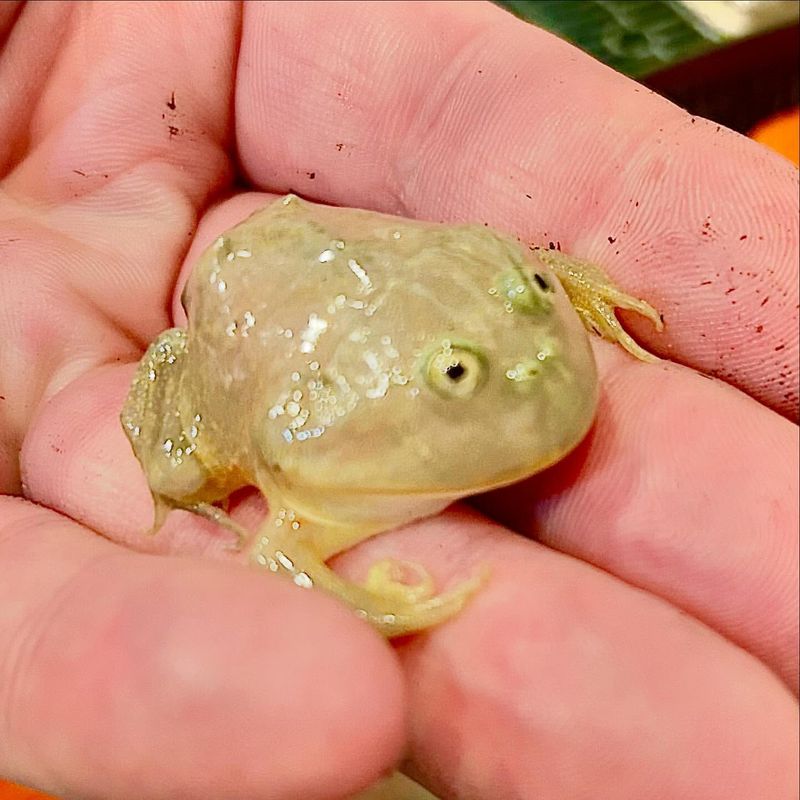
Known for its comically wide mouth, Budgett’s Frog is a burrowing amphibian native to South America. Its appearance, reminiscent of a cartoon character, belies its aggressive nature when threatened.
During the dry season, it burrows underground, entering a state of estivation to survive the harsh conditions. This adaptation enables it to endure extended periods without water.
The survival of Budgett’s Frog is closely linked to the health of its wetland habitat. Conservation efforts are crucial in ensuring these unique creatures continue to thrive.

